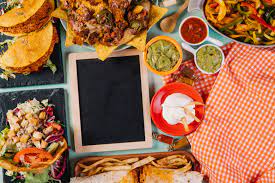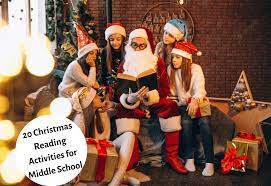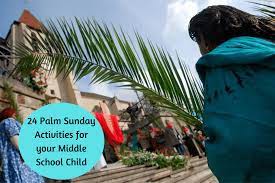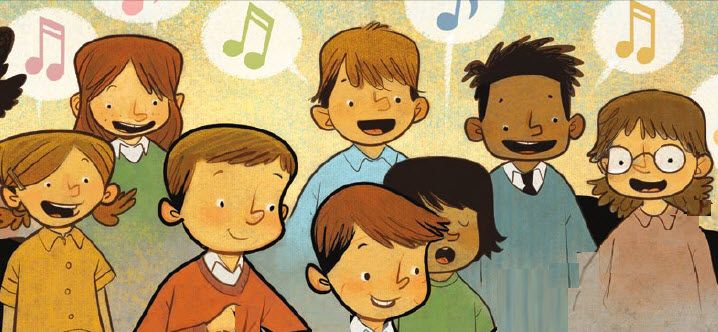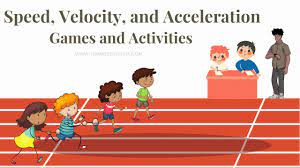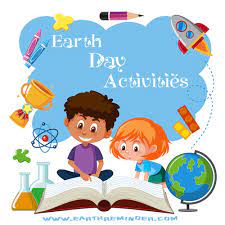As middle school students navigate the complex world of adolescence, it becomes crucial to develop their perspective-taking skills. These activities help students understand and empathize with others, improve their communication skills, and foster a climate of acceptance and respect. Here are 15 perspective-taking activities that can be easily implemented in middle school classrooms.
1. Role-Playing Scenarios: Create various social situations and have students act out different roles. This exercise allows them to step into another person’s shoes and imagine how they might feel or react.
2. Active Listening Exercises: Encourage students to engage in conversations where they attentively listen to each other’s viewpoint without interruptions or judgement.
3. Journaling: Ask students to write about a time when they had to see things from another person’s perspective. Reflective writing can help them internalize this skill.
4. Picture Books: Utilize picture books with stories that focus on diverse experiences and encourage discussions about characters’ emotions, motivations, and actions.
5. Two Sides Debate: Divide the class into two groups with opposing views on a topic, and educate them on both sides before initiating a debate where they must argue from the opposing perspective.
6. Perspective Swap Art: Have students create artwork that shows the same scene from two different perspectives to illustrate how things can appear differently depending on one’s point of view.
7. Shared Reading: Use novels or short stories with multiple narrators or viewpoints to demonstrate how individuals perceive situations differently.
8. Observational Role Play: Ask students to observe their peers during lunch or recess and then re-enact what they saw from that individual’s perspective.
9. Perspective Announcement: Post a daily or weekly scenario on the board for students to consider and then share their thoughts on how different people might feel about it.
10. Virtual Reality Experiences: Use technology, such as VR headsets, to immerse students in different environments where they can experience new perspectives.
11. Cultural Pen Pals: Pair students with peers from different cultural backgrounds and encourage them to exchange letters discussing their perspectives on various topics.
12. Gratitude Circle: Initiate a gratitude circle where students share something they’re grateful for and explain why. This activity allows students to gain insight into one another’s lives and the unique challenges they face.
13. Empathy Interviews: Assign students to conduct interviews with individuals who have experienced challenges or triumphs unique to them. The interviewees can be siblings, parents, teachers, or community members.
14. Collaborative Group Projects: Encourage students to work together on group assignments, ensuring that each person has a chance to lead, contribute, and express their point of view.
15. Perspective Challenges: Issue daily or weekly perspective-taking challenges such as trying something new, sitting with someone different at lunch, or engaging in activities that encourage empathy and open-mindedness.
Incorporating these perspective-taking activities into the middle school curriculum will not only enhance social-emotional learning but also improve students’ critical thinking abilities and overall well-being. By encouraging students to consider others’ viewpoints, a more inclusive, empathetic educational environment is created—one that fosters personal growth and prepares them for success in an interconnected world.
